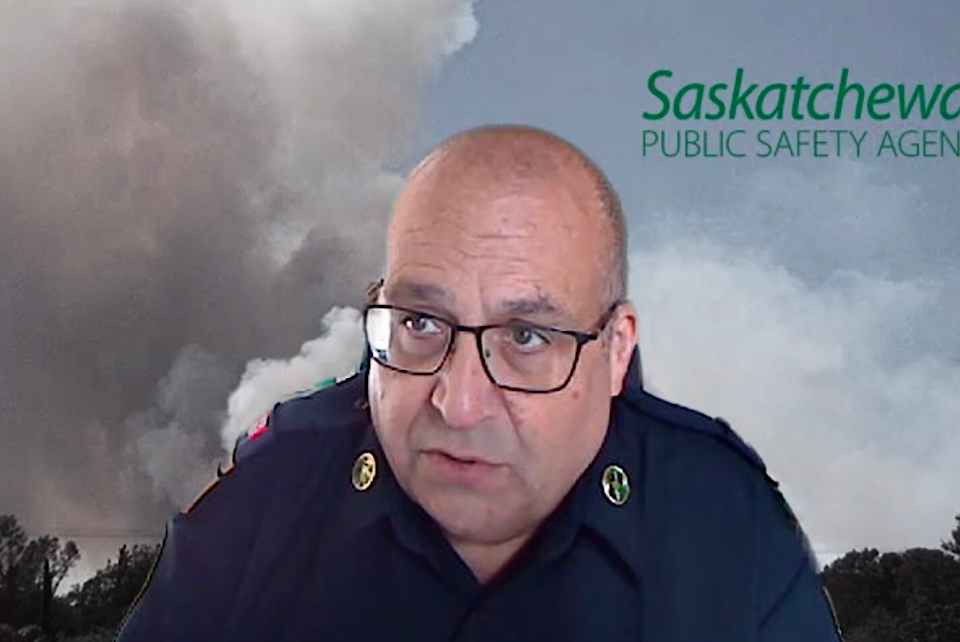SASKATCHEWAN — The Saskatchewan Public Safety Agency (SPSA) has given its latest update on the wildfire situation in Saskatchewan.
As of June23, there are 19 active wildfires. From that number, one is contained and five are not contained. Eleven are experiencing ongoing assessment, and responses to two of the fires are involved in protecting property.
The Shoe fire is currently 50 per cent contained. The south end of the fire experienced low clouds and drizzly precipitation much of the day on June 22, while the north half of the fire experienced little to no precipitation.
For the Jaysmith fire, located northeast of Missinipe, the fire will be monitored by air until crews can return to the fire line.
For the Pisew fire, west of La Ronge, the fire is currently quiet due to weather conditions. The fire is now 30 per cent contained, according to the SPSA.
For the Wolf fire, located west of Denare Beach, crews are working on hotspots with the cooler weather, concentrating on the area of Phantom Lake. The Wolf fire is now 30 per cent contained.
At the Santo fire, east of Pinehouse, northwest of La Ronge, crews are continuing to work on identified spots along the west side of the fire.
For Ditch02 fire, north of Weyakwin, for the East division, teams continue to work the fire east of Molanosa, using pumps and hose with assistance from helicopter drops. Crews will be inserted and extracted by helicopter. The Ditch02 fire is 80 per cent contained.
In a news conference on June 23, Steve Roberts, vice-president of operations with the SPSA, said the SPSA has received support from as far away as Arizona, Colorado, Washington, Â鶹ÊÓƵ Dakota and the U.S. Forest Service in putting out wildfires.
The cooler, moisture weather has also helped the situation.
"As a result, I think we see a much better situation today," Roberts said.
While there has been some relief with the cooler wetter weather lately, he noted that this is still only halfway through the rest of the wildfire season.
"We're seeing our neighbours west of us having increased fire activity. So we're not done yet," Roberts said. "But it does change our strategies a lot now that we have a handle on some of these larger fires. We will be moving some of our staff back into what we call initial attacks."
He explained that is a primary response to a reported fire.
"We get a chance to go in and assess it," Roberts said. "If it's small enough at the time, we go in and actually put it out. If it's going to take some more resources, we can then deploy them and stack those in. That part of the program will get a little heavier as we come out of this wetter area and back into more regular fire patterns and weather patterns."




